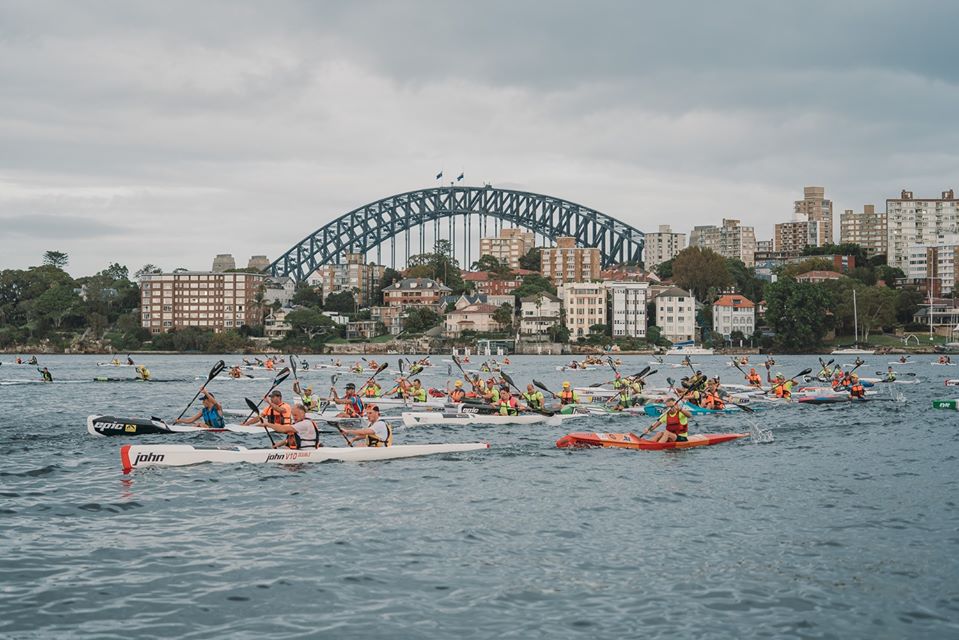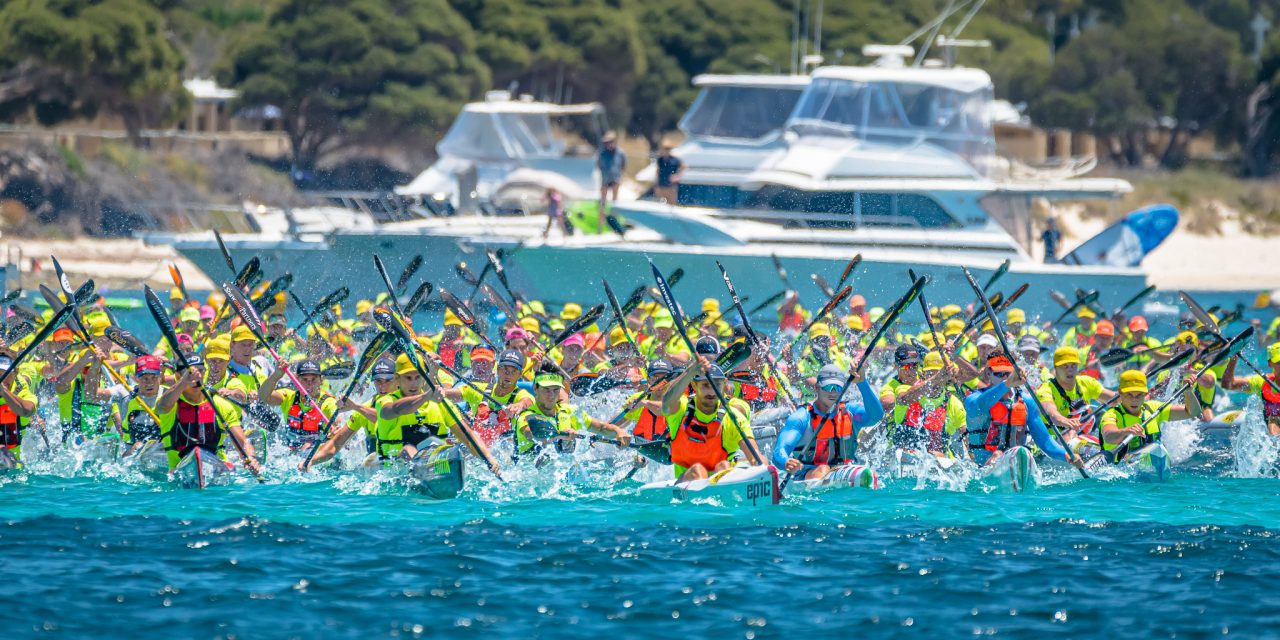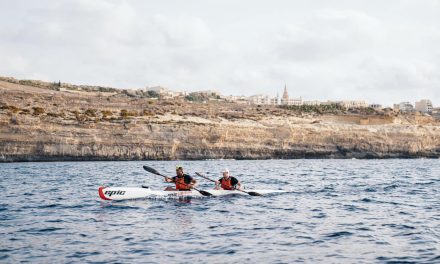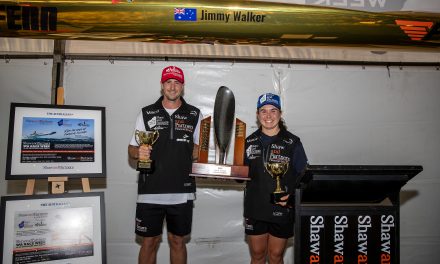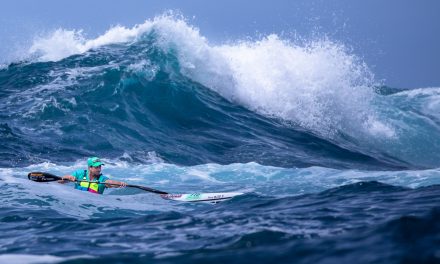AORS SET FOR QUEENSLAND RETURN UNDER EXPANSION PLAN
The Australian Ocean Racing Series will return to Queensland next season under a plan to increase its number of races while also reenergising its scheduling.
While COVID-19 has crippled sporting competitions around the world, the AORS holds the enviable position of being largely unaffected.
“If it continues to go on the current trend and the government opens more stuff, then we’re in for a cracking year,” series director Dean Gardiner says.
“We’ve got some really great, classic, iconic events now.”
Key to that is the ongoing support of Shaw and Partners, who has signed on for a further two years as naming rights sponsor.
The Paddler understands Shaw and Partners delivered the total funding upfront, in a move that unknowingly provided the sport with financial stability through the current pandemic.
“To have surety for the next two years is something we’ve never had as event organisers in the past. It’s absolutely fantastic,” Gardiner says.
“And it’s not just the financial side that Shaw and Partners offer. They support the sport in so many ways that people don’t see, and help so many people away from it. It’s not just their race team benefitting.”
“It’s helped us lift our game to meet what we believe Shaw and Partner’s expectations of this sport are.”
As with all events as a result of COVID-19, the immediate future of the AORS will be determined by the state governments at a later date. But the structure of the 2020-21 season has already been mapped out.
Initially it was planned that a newly-added race in Noosa or the traditional opener, the Charles “Chucky” Stewart Memorial Cup in Sydney would open the season. However with The Chucky now set to run in the new year, the Gold Coast Classic will likely provide Australia’s first competitive hit-out at the end of September.
It returns to the series after running independently in 2019, which saw no Queensland races feature on a reduced calendar.
“I think it’s an obvious place to run a race, as is the Sunshine Coast,” Gardiner explains.
“There is a big paddling community in both places, and you are also getting fed from Brisbane as well.”
“There’s a lot of people paddling up that way, and there’s so many guys like Julian Norton-Smith are doing a fantastic job with their coaching groups and getting more and more people onto the water.”
“There are definitely events up there that need to be done, and at some point up there we will do them.”
The North Bondi Classic and 20 Beaches will retain their time slots in the first half of the campaign, while another yet-to-be-determined New South Wales event may be added.
A Victorian race may return in the new year before the Bridge To Beach closes out the season.
And after the success of last year’s inaugural running, the West Australian Race Week will return.
“I think that’s the flagship of the whole series, really,” Gardiner admits.
“If that week is a success then it sets the trend for the whole series. It’s great from the WA people too because if they do that whole week, then they only have to travel once to get points to do well in the series.
“They’re often neglected over there so it makes sense for them to be involved.”
“It’s definitely the best place to do downwind paddling in Australia, in or around a capital city.”
But there is an obvious hurdle.
The Doctor has long attracted the world’s best paddlers, and following the introduction of the WA Race Week, last year was no different.
Amid the current pandemic, Australia’s borders may not be opened to travel in November, except with New Zealand.
“There may be the opportunity to come out and do the 14 day isolation,” Gardiner says. “We’re hoping that’s the worst-case scenario.”
“I’m sure there are some guys in South Africa that would come out. It’s the biggest event on the program, really. So it would make sense for those guys to come out.”
“Obviously it’s going to be different without the internationals, but Australia has so much depth with the new guys coming on board… From kayaking and clubbies. And there’s so many young guys coming through.”
After decades of promoting and nurturing the sport while the AORS, that may actually provide a silver lining for Gardiner.
The financial stability of the AORS – and certainty around its events – means it’s continuing to become increasingly attractive to other water-sport athletes.
“It grows itself,” he says.
“Kids speak to guys like Cory [Hill] who have come through the clubby regime and realise there’s so many things outside of that bubble. Kids are starting to get more exposed to that.
“The traditional surf bubble we knew in the past is shrinking while all of these other opportunities are becoming more prevalent.”
“Every Cory is responsible for dragging 15 or 20 top paddlers into the sport. These are the guys they all aspire to and just love the fact they’re getting so much out of it.”
“I’m not talking about prize money or even going to great places. I’m talking about doing races that are an adventure and so much fun, and the camaraderie and everything else that is associated with that.
“We’re lucky the sport attracts really cool people and nice people, it’s actually a pleasure to finish a race and just hang out with everyone.”
